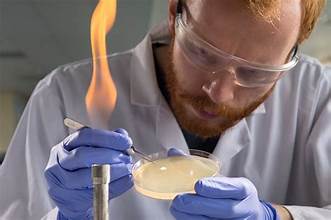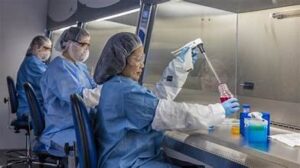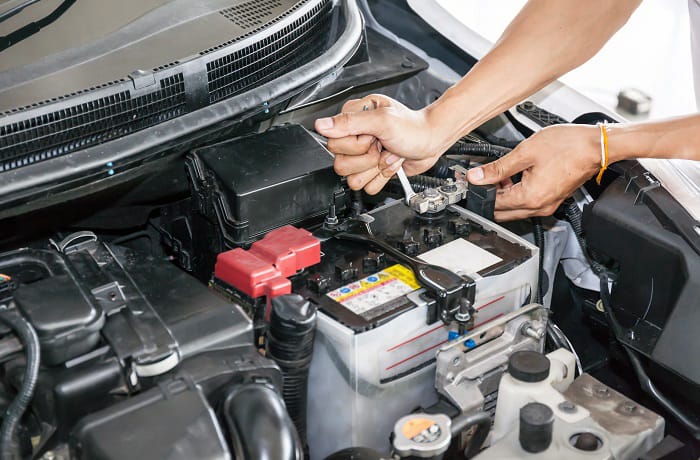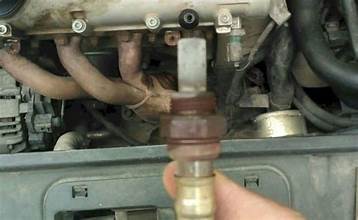Revolutionize Your Practice with These Aseptic Technique Hacks 2024

Table of Contents
ToggleIntroduction
Aseptic techniques are more than just procedures; they are the cornerstone of maintaining a sterile environment in healthcare and laboratory settings. By implementing these techniques effectively, we can significantly reduce the risk of infections and ensure patient safety. In this article, we will dive into various hacks that can streamline these processes, making them more efficient and easier to manage.
Why Aseptic Techniques Matter
Aseptic techniques are crucial in preventing the spread of infections. They involve practices and procedures that help protect patients from harmful bacteria and other pathogens. These techniques are especially important in surgeries, wound care, and any invasive procedures. Imagine a shield that guards against invisible enemies—this is what aseptic techniques do in medical environments.
Basic Principles of Aseptic Techniques
Understanding the basic principles of aseptic techniques is essential. These principles include creating a sterile field, using sterilized equipment, and ensuring that only sterile items come into contact with the patient. By adhering to these principles, we can minimize the risk of contamination.
Proper Hand Hygiene

Hand hygiene is the foundation of aseptic techniques. Regular and thorough handwashing with soap and water or using alcohol-based hand sanitizers can drastically reduce the presence of pathogens. Consider your hands as the front line in the battle against germs. Effective hand hygiene acts as a barrier, preventing the transmission of harmful microorganisms.
Use of Personal Protective Equipment (PPE)
Personal Protective Equipment (PPE) such as gloves, masks, gowns, and eye protection are essential in maintaining asepsis. Proper use of PPE ensures that healthcare workers do not become vectors for contamination. Think of PPE as a suit of armor, providing an essential layer of protection for both the healthcare provider and the patient.
Sterilization of Equipment
Sterilization of medical equipment is critical. Using autoclaves, chemical sterilants, or other sterilization methods ensures that all instruments are free from pathogens. Sterilized equipment acts like a clean slate, ready for safe use in any medical procedure.
Environmental Control
Maintaining a clean and controlled environment is key to effective aseptic techniques. This includes regular cleaning and disinfection of surfaces, controlling airflow, and maintaining proper humidity and temperature levels. Think of the environment as the stage for a performance—the cleaner and more controlled it is, the better the outcomes.
Aseptic Field Management

Creating and maintaining an aseptic field during medical procedures is vital. This involves using sterile drapes, ensuring that only sterile instruments and personnel enter the field, and continuously monitoring for breaches in sterility. An aseptic field is like a bubble of safety—keeping it intact is crucial for patient protection.
Effective Waste Disposal
Proper disposal of medical waste is essential to prevent contamination and infection. This includes using designated biohazard containers for sharps and other hazardous materials. Effective waste disposal acts as a cleanup crew, ensuring that potential sources of infection are safely removed from the environment.
Staff Training and Compliance
Regular training and strict adherence to aseptic protocols are necessary for all healthcare staff. Continuous education ensures that everyone is up-to-date with the latest techniques and practices. Training and compliance are like the continuous tune-ups that keep an engine running smoothly.
Innovative Tools and Gadgets
The medical field is continuously evolving, and new tools and gadgets are being developed to aid aseptic techniques. From advanced sterilization devices to wearable tech that monitors hygiene compliance, these innovations can greatly enhance the efficiency and effectiveness of aseptic practices.
Common Mistakes to Avoid
Despite the best efforts, mistakes can happen. Common errors include improper hand hygiene, not using PPE correctly, and failing to maintain a sterile field. Avoiding these mistakes requires vigilance and a commitment to continuous improvement.
Conclusion
Aseptic techniques are fundamental in ensuring the safety and well-being of patients. By adopting these hacks and maintaining a rigorous approach to sterility, healthcare professionals can significantly reduce the risk of infections. Embracing innovation and continuous training will further enhance these practices, ensuring a safer environment for everyone.
FAQs
1. What are aseptic techniques?
Aseptic techniques are practices and procedures used to prevent contamination by pathogens and ensure a sterile environment.
2. Why is hand hygiene important in aseptic techniques?
Hand hygiene is crucial because it significantly reduces the risk of transmitting harmful microorganisms.
3. How often should medical equipment be sterilized?
Medical equipment should be sterilized before each use to ensure it is free from pathogens.
4. What is the role of PPE in aseptic techniques?
PPE provides a barrier that protects both healthcare workers and patients from potential contamination.
5. How can staff training improve aseptic techniques?
Regular training keeps staff informed about the latest practices and protocols, ensuring compliance and reducing the risk of errors.








